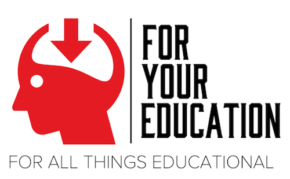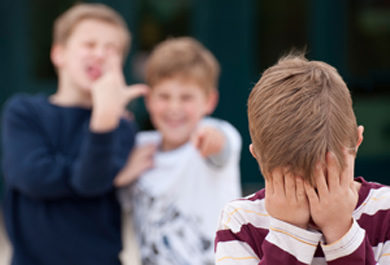Bullying: How to Empower Your Child Against It!
What is bullying? According to Stopbullying.gov “Bullying is unwanted, aggressive behavior among school aged children that involves a real or perceived power imbalance. The behavior is repeated, or has the potential to be repeated, over time. Both kids who are bullied and who bully others may have serious, lasting problems.”
Bullying has become increasingly psychological. So much so that kids are committing suicide from it. In recent studies of a 2015 school crime report posted by the National Center for Education Statistics and Bureau of Justice indicates that nationwide about 22% of students ages 12-18 experienced bullying. That’s one out of four students. And according to Petrosina, Guckenburg, DeVoe, and Hanson, 2010, 64 percent of children who were bullied did not report it. only 36 percent reported it.
There are three different types of bullying:
- Verbal bullying- which is saying or writing cruel things. This may include teasing, name-calling, taunting and threatening to cause some sort of harm.
- Social bullying- this is sometimes referred to as relational bullying. This includes leaving someone out on purpose, telling other children not to be friends with someone, spreading rumors about someone and embarrassing someone in public.
- Physical bullying- involves hurting a person’s body or possessions. This includes hitting, kicking, pinching, spitting, tripping, pushing, taking or breaking someone’s things and making unkind or rude hand gestures.
Bullying begins in preschool and slowly gains momentum as the child grows older. There is no guaranteed way to protect your child from bullying but there are ways your child can stand up to bullying behavior and take preventive measures to ensure your child from becoming a bully. Here are some of the most successful strategies to help kids defend themselves against bullying.
In order to prevent your child from taking on the role of the bully, parents need to model compassion and respectful relationships. Children need to be in loving relationships rather than relationships where control is the main goal. If you spank your child they will learn that violence is the way to respond to interpersonal relationships. Try to prevent having power control over your child or they will use power and control over others.
Model confident behavior with your child. Your child is learning behavior from watching you. Teach your child through your own behavior to assert yourself at the same time being respectful of others.
Teach your child social skills. Role playing is one way to do that and tech your child to be less vulnerable through this very same role play. Also teach your child it is ok to be frightened by bullies and it is ok to walk away from the situation. Others strategies that your child could use:
Assert yourself- teach your child to stand firm against a bully. Stand tall and use a strong voice. Your child should name the aggressive behavior and tell the aggressor to stop: “That’s teasing! Stop It!” or “Stop making fun of me. That’s mean!”
Question the response. According to Ann Bishop a violence prevention teacher, respond to an insult with a non-defensive question i.e. “Why would you say that?” or “Why would you want to tell me I am dumb(or fat) and hurt my feelings?”
Use “I Want.” Communication experts suggest addressing the bully with “I want” and say firmly what he wants changed: “I want you to leave me alone.” or “I want you to stop teasing me.”
Agree with your teaser. Consider helping your child create a statement agreeing with the teaser.
Teaser: “You’re dumb.”
Child: “Yeah, but I’m good at it.”
Ignore It. Bullies can’t stand it if they are unable to upset their victims, so find a way your child not to be affected by the teaser. The best thing to do is not even acknowledge them or give them attention.
Make fun of the teasing. Have a comeback to the teasing. If the teaser says “you’re stupid!” The child just says “Really?” or “Thanks for telling me.”
The following was taken from Dr. Laura Markham, a clinical psychologist from Columbia University




